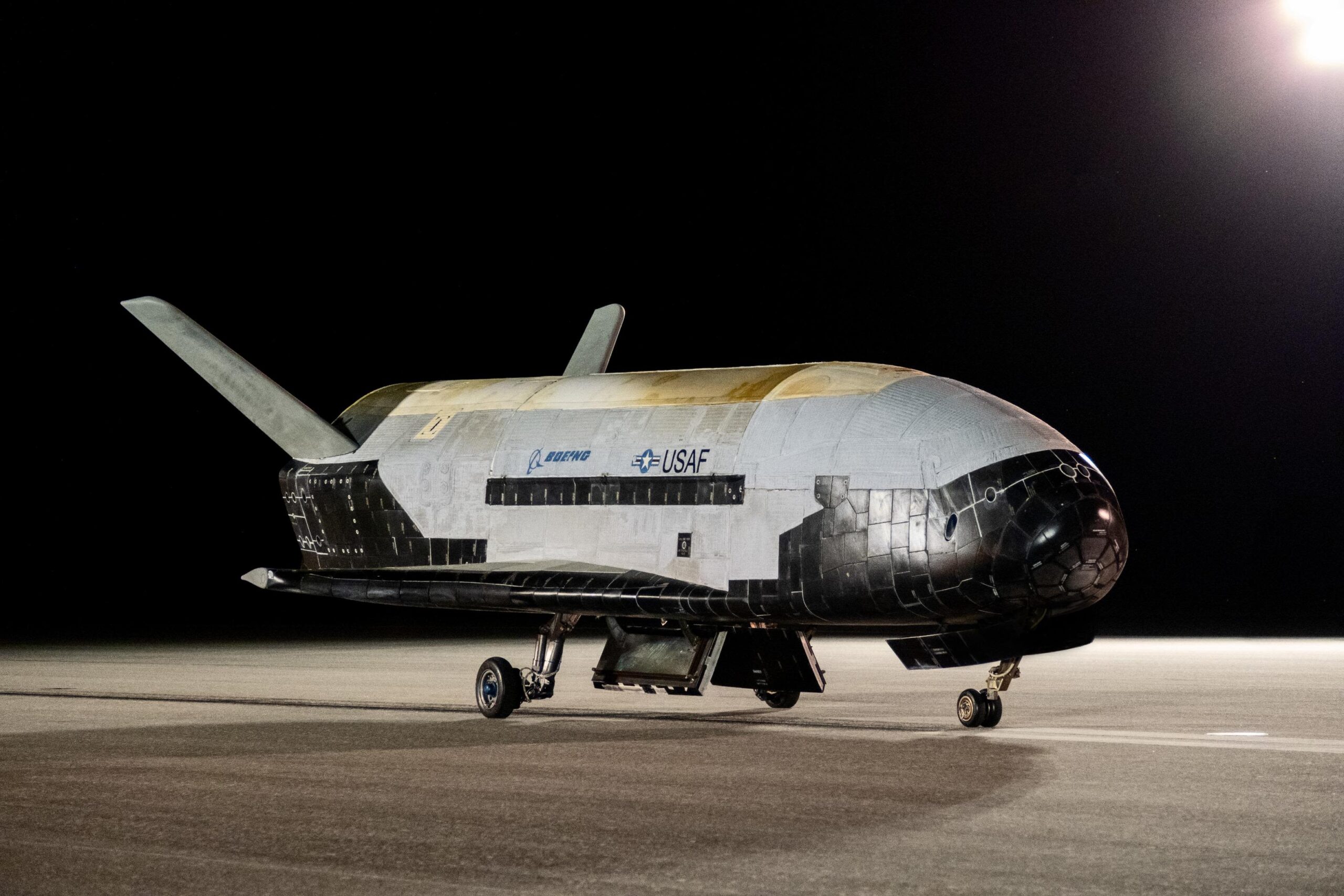Space Force Expands Partnerships With Industry

The U.S. Space Force is deepening collaboration with commercial firms and investment partners as it seeks to accelerate access to advanced technologies. Speaking at the National Defense Industrial Association’s emerging technology conference, Maj. Gen. Stephen Purdy emphasized that the initiative has already drawn strong interest from the private sector, signaling a shift in how the service acquires and integrates new capabilities.
Through these partnerships, the Space Force is working with investment firms to identify and support companies developing innovative technologies that align with national security needs. By leveraging private-sector expertise and funding, the service aims to move faster than traditional acquisition cycles typically allow.
Purdy noted that this approach has prompted the Space Force to reevaluate several legacy procurement models, including elements of the Geosynchronous Space Situational Awareness Program. The focus is on ensuring that acquisition processes remain flexible and responsive as space becomes increasingly contested and technologically complex.
U.S. Space Force Partnerships: Allies, Industry & Innovation
1. International Collaborations
In July 2025, the U.S. Space Force unveiled its first-ever International Partnership Strategy, reaffirming its commitment to deeper cooperation with allies—including NATO members, Japan, Australia, and South Korea—across force design, development, and operations.
Further strengthening these ties, the biennial Schriever Wargame 2025 saw collaboration from nine partner nations—Australia, Canada, France, Germany, Italy, Japan, New Zealand, Norway, and the U.K.—as they together simulated space scenarios to build trust, shared strategies, and test operational readiness.
2. Commercial Engagements and Industry Outreach
The “Front Door” initiative within Space Systems Command is a key outreach platform, engaging more than 900 global vendors and hosting the first-ever Joint Briefing on Acquisition Pathways for allied commercial space suppliers.
Space Force is also closely integrating with the Defense Innovation Unit (DIU) to speed adoption of private-sector space innovations—creating agile pathways for deploying new technologies.
3. Contracts with Leading Space Companies
- SpaceX, ULA, Blue Origin jointly secured approximately $13.5 billion under the Pentagon’s National Security Space Launch program, funding launches of critical U.S. military satellites through 2029.
- Firefly Aerospace was awarded a $21.8 million contract for a rapid-response orbital launch mission named Victus Sol, building on prior work such as Victus Nox.
- Rocket Lab has entered the competition for a large (~$5.6B) launch contract, aiming to provide national security space access via its Neutron rocket.
4. Advanced Technology Partnerships
- SpaceX’s Starshield program expands its Starlink platform into military and intelligence applications, providing tailored defense-focused satellite services for the Space Force and other agencies.
- Starfish Space, a satellite servicing startup, won several Space Force contracts to develop on-orbit servicing vehicles (Otter series), enabling satellite rendezvous, inspection, and servicing in geostationary orbit.
- The Deep Space Advanced Radar Capability (DARC), in partnership with Australia and the U.K. and led by Northrop Grumman, aims to enhance deep-space surveillance with a radar network to be operational by 2027.
5. Innovative Logistics: Rocket Cargo
Under the Rocket Cargo program, the Space Force is exploring suborbital rocket systems to deliver critical cargo anywhere in the world in under an hour—leveraging SpaceX’s Starship and reusable launch systems for rapid logistics.
Why It Matters
These multifaceted partnerships—spanning international wargames, vendor outreach, launch contracts with industry leaders, advanced technology development, and logistics experiments—underscore the U.S. Space Force’s comprehensive strategy to expand American spacepower. By combining allied cooperation with deep commercial integration, the Space Force aims to bolster resilience, operational readiness, and strategic agility in an increasingly contested orbital environment.
The commercial space industry has accelerated rapidly in recent years, with startups and established players alike driving innovation in reusable launch systems, satellite constellations, advanced sensors, and data analytics. The Space Force’s closer alignment with these firms not only enhances national defense capabilities but also ensures a steady pipeline of innovation in a domain vital to both military operations and the global economy.
By expanding ties with the private sector, the Space Force is positioning itself to harness the dynamism of commercial space while reinforcing its mission to safeguard U.S. and allied interests in orbit. This dual-track approach—governmental collaboration paired with industry-driven innovation—marks a decisive shift toward a more adaptive, future-ready model of space security.
Related news: https://airguide.info/category/air-travel-business/defense-military/
Sources: AirGuide Business airguide.info, bing.com, Barron’s, Reuters, Federal News Network
